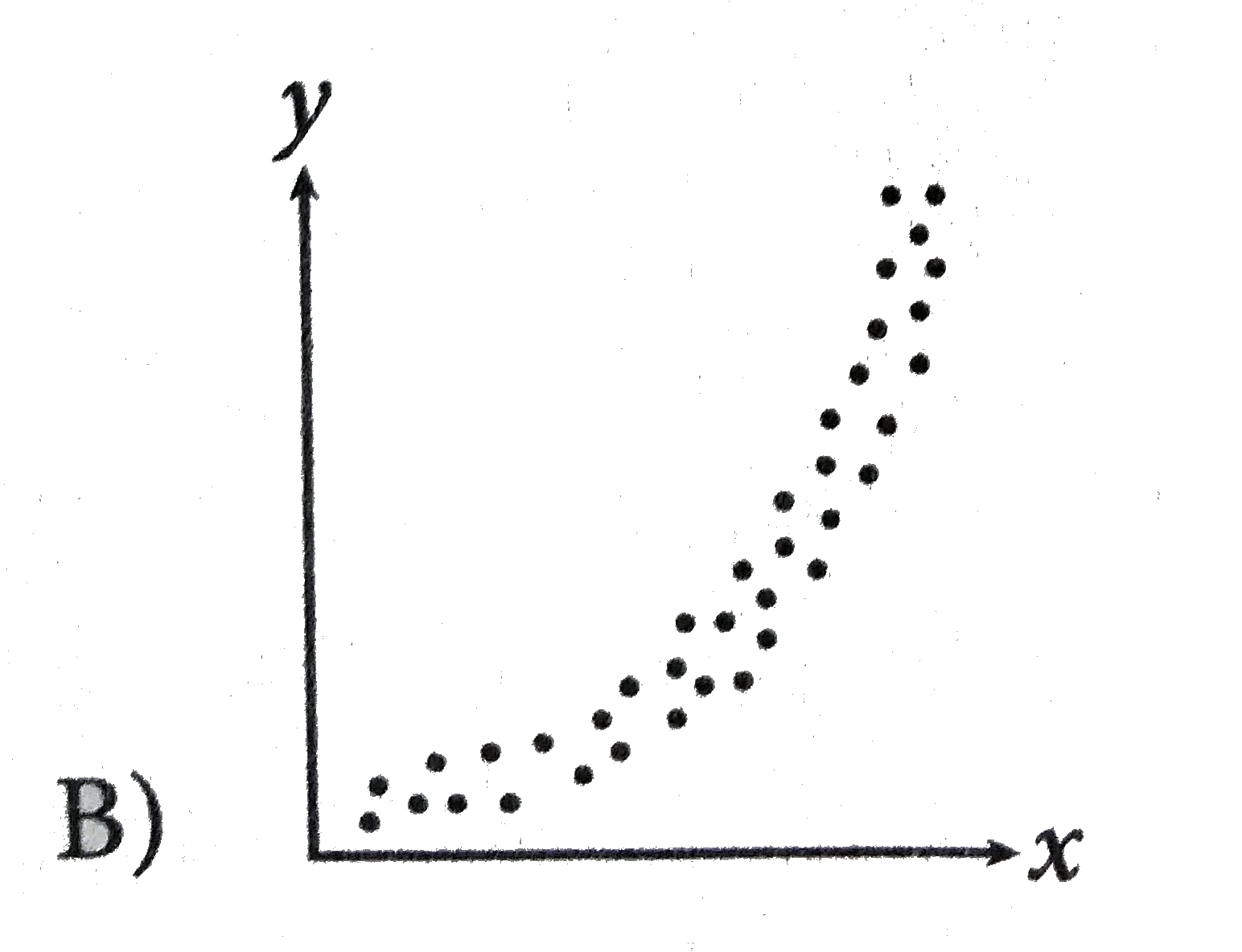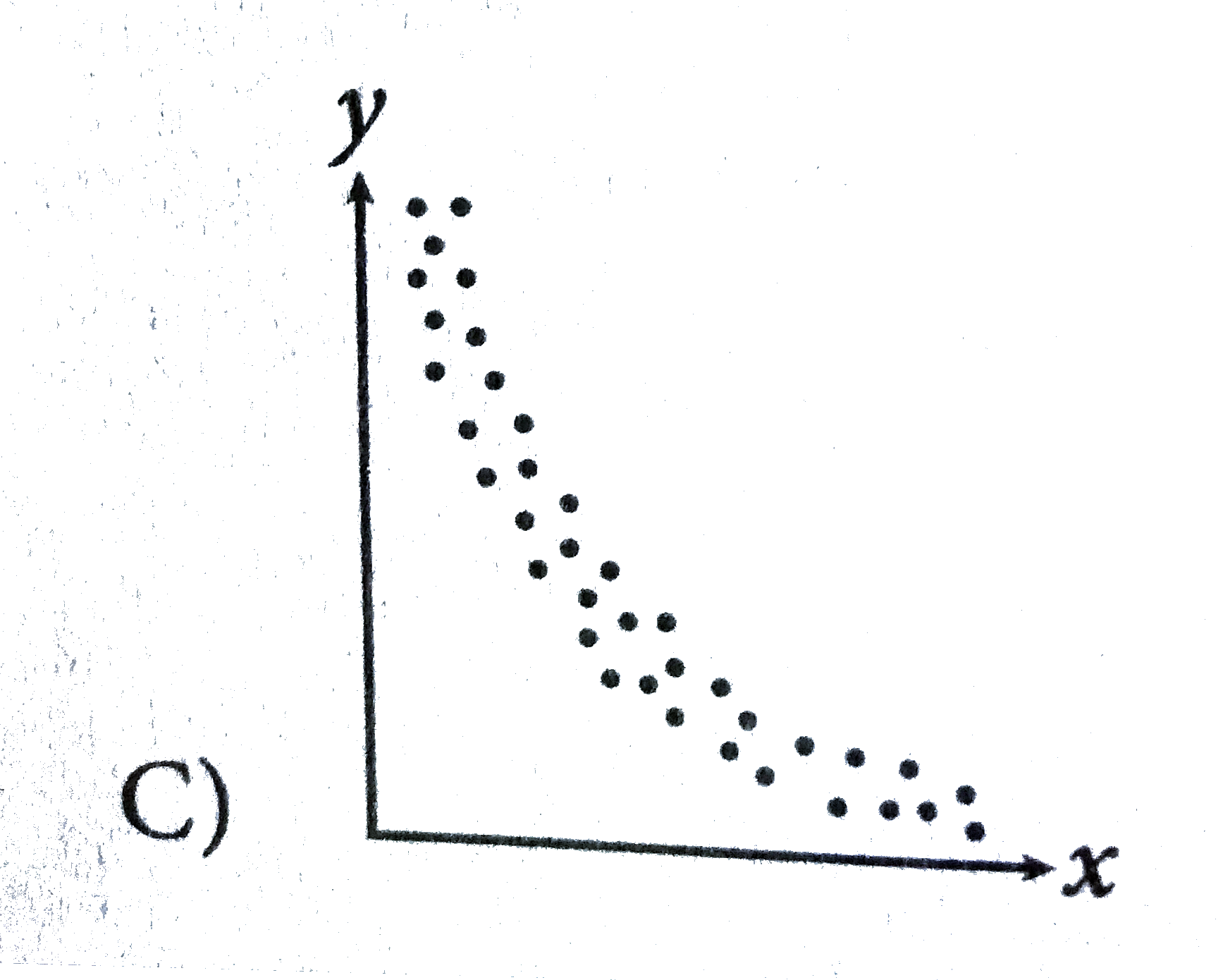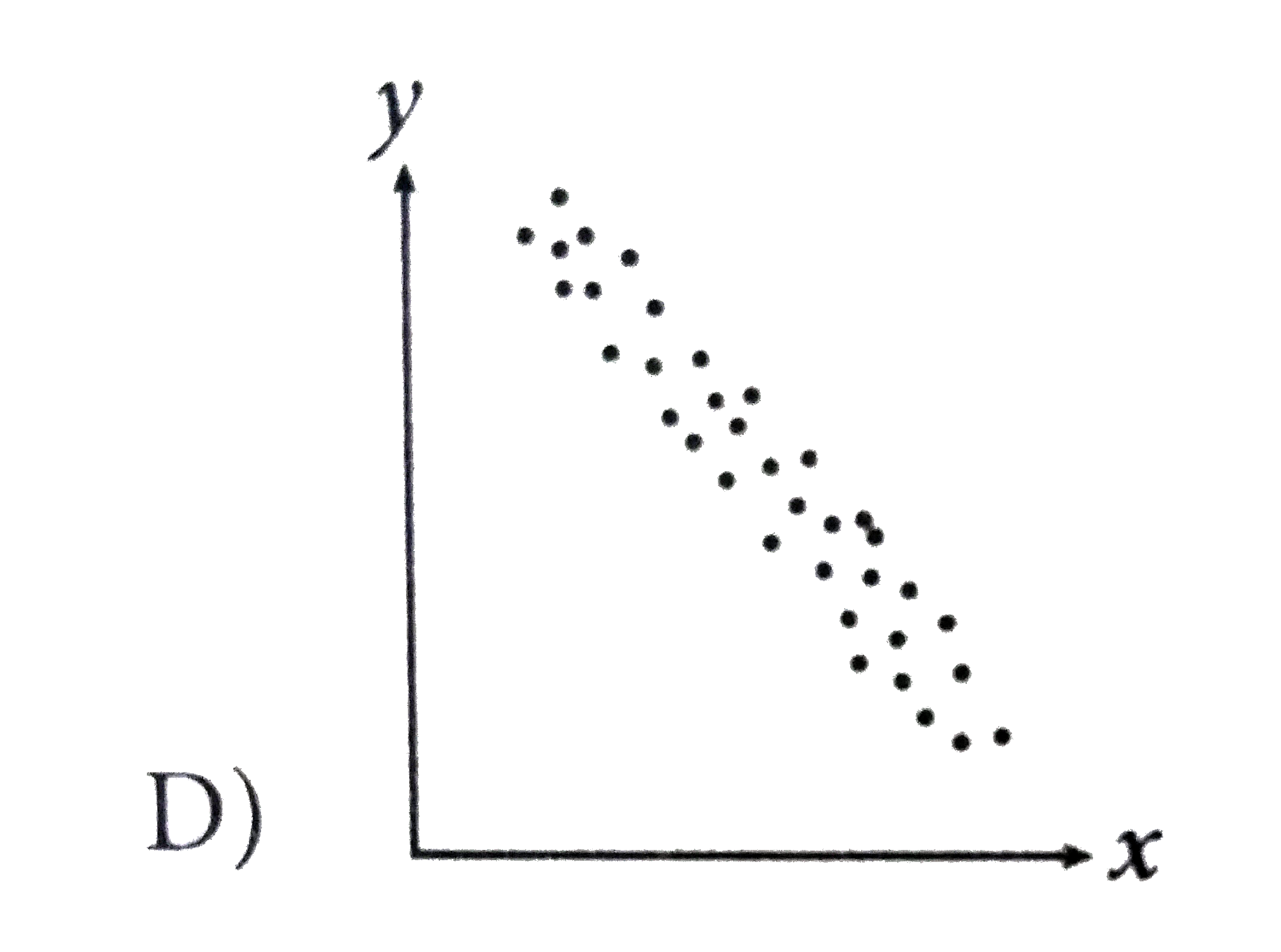Which of the following are correct statements ?
X) Vander Waal's constant a is a measure of attractive force
Y) Vander Waal's constant b is also called co-volume or excluded volume
Z) b is expressed in L mol−1
X,Y
Y,Z
X,Z
X,Y,Z
The correct Answer is:D
To determine which statements are correct regarding the van der Waals constants, we will analyze each statement one by one.
1. Understanding Van der Waals Constants:
The van der Waals equation is given by:
(P+an2V2)(V−nb)=nRT
Here, a and b are the van der Waals constants.
2. Analyzing Statement X:
- Statement: "Van der Waals constant a is a measure of attractive force."
- Explanation: The constant a quantifies the magnitude of attractive forces between the molecules. Therefore, this statement is correct.
3. Analyzing Statement Y:
- Statement: "Van der Waals constant b is also called co-volume or excluded volume."
- Explanation: The constant b represents the volume occupied by the molecules themselves, which is often referred to as the co-volume or excluded volume. Thus, this statement is also correct.
4. Analyzing Statement Z:
- Statement: "b is expressed in L mol−1."
- Explanation: The unit of b is indeed liters per mole (L mol−1), as it represents the volume per mole of the substance. Hence, this statement is correct.
5. Conclusion:
Since all three statements (X, Y, and Z) have been verified to be correct, the final answer is that all statements are correct.
Final Answer:
All statements X, Y, and Z are correct.
The van der Waals equation is given by:
(P+an2V2)(V−nb)=nRT
Here, a and b are the van der Waals constants.
- Statement: "Van der Waals constant a is a measure of attractive force."
- Explanation: The constant a quantifies the magnitude of attractive forces between the molecules. Therefore, this statement is correct.
- Statement: "Van der Waals constant b is also called co-volume or excluded volume."
- Explanation: The constant b represents the volume occupied by the molecules themselves, which is often referred to as the co-volume or excluded volume. Thus, this statement is also correct.
- Statement: "b is expressed in L mol−1."
- Explanation: The unit of b is indeed liters per mole (L mol−1), as it represents the volume per mole of the substance. Hence, this statement is correct.
Since all three statements (X, Y, and Z) have been verified to be correct, the final answer is that all statements are correct.
All statements X, Y, and Z are correct.
Similar Questions
Knowledge Check
Which of the following statements regarding van der Waals' constants a and b is not correct?
A. The constant a is a measure of van der Waals' forces.
B. A gas with a lower value of a possesses a greater tendency to get liquefied.
C. b is a measure of effective size of molecules.
D .b is the excluded volume per mole.AThe constant a is a measure of van der Waals' forces.BA gas with a lower value of a possesses a greater tendency to get liquefied.Cb is a measure of effective size of molecules.Db is the excluded volume per mole.Which of the following scatterplot could be modeled by the equation y=abx, where a and b are constant such that a>1andx<−1?
A B
B C
C D
D
In Vander Waal's equation of state of the gas law, the constant 'b' is a measure of
View SolutionIf v is the volume of one molecule of a gas under given conditions, then van der Waals constant b is
View SolutionVolume of a molecule is related to Vander Waal's constant 'b' and Avagadro Number 'N0' by the equation :
View SolutionThe van der Waals constant for gases A, B, and C are as follows Which gas has the largest molecular volume?
View SolutionCalculate the molecular diameter of helium from its van der Waals constant b. (b=24cm3mol−1)
View Solution
The table indicates the value of vander Waal's constant a in L2 atm mol−2. The gas which can most easily be liquefied is ?
View Solution

